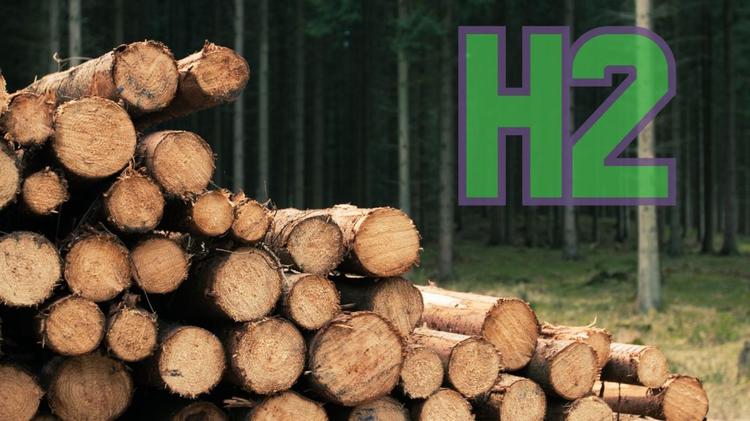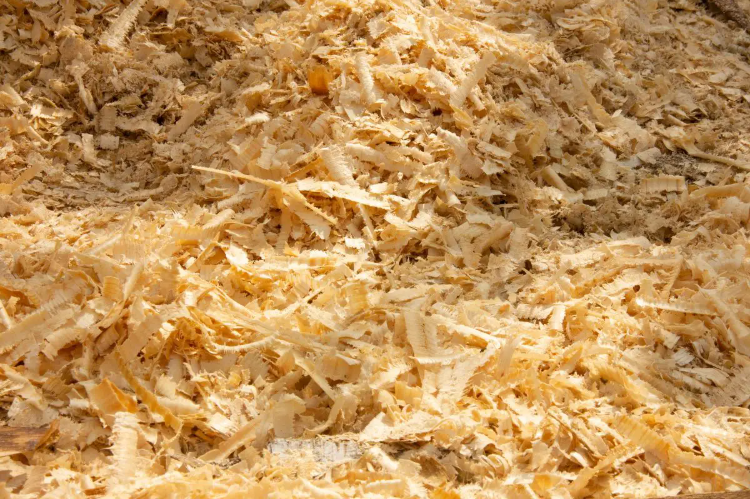
New Zealand could use wood residues from sawmill operations to produce hydrogen fuel, offering a promising opportunity to overcome environmental challenges through a large production facility, according to David Robinson, a business development manager with forestry industry experience in the Nelson Tasman region.
Some believe that New Zealand could benefit from this opportunity in the forestry industry.
As New Zealand seeks to move forward with hydrogen fuel production and use, alternative options are being presented to create and use H2 in ways that will also help to overcome existing environmental challenges.
Among those challenges is the opportunity to use wood residues resulting from sawmill operations.
Taylors Contracting business development manager David Robinson recently published an opinion based on his experience in the forestry industry for 18 years in senior management positions in Nelson Tasman. According to Robinson, the wood residues from sawmill operations offer a strong opportunity for hydrogen fuel production.
Producing H2 from wood residues involves heating them in an oxygen-free environment, resulting in a combination of methane and H2. The H2 can be separated, and the methane produced can be used either for powering the heating process itself or for other purposes such as conversion into biodiesel.
Though this method of hydrogen fuel production doesn’t appear efficient, Robinson sees its potential.
The amount of heat consumption required in order to convert even 10 percent of the wood residues to H2 is substantial, making it appear too inefficient. However, Robinson believes that if Nelson Tasman had a hydrogen fuel production facility with a large heater, it would position the New Zealand region to overcome a problem by using it to produce H2.

The region is well positioned for this type of facility, as it is home to three large sawmills, each of which uses their residues for their wood drying furnaces. As green hydrogen demand continues to rise, the sawmills could begin producing H2 as a part of the heat production they already need for their drying processes.
Demand will be high.
The region expects that its demand for hydrogen fuel production will be great enough that the residues from sawmills alone won’t be enough to achieve those quantities.
To solve this issue, Robinson has recommended using the broader forestry sector’s slash residues, including other areas such as Whangamoas, where only a fraction of the volume currently makes it into the biofuel market.